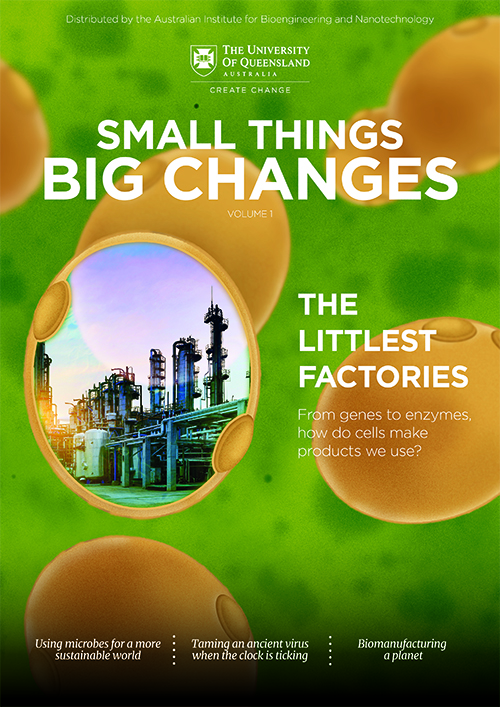How synthetic biology will enable humans to colonise Mars: NASA intends to send humans to Mars by the 2030s.
Aside from the substantial challenge of safely transporting humansto Mars, there is also the matter of ensuring they’ll have the supplies for long-term survival upon arrival.
Dr Lynn Rothschild, the Research and Technology Lead for the NASA Headquarters Space Technology Mission Directorate, has spent a lot of time thinking about how to achieve this.
As she explains in the journal Biochemical Society Transactions, the supply list for sustainable settlement is huge.
“As with any other settlers, they will need habitats, clothing, food, water, medicines, waste removal, and recycling,” she says.
“Although the solar output will be a resource, they will need supplemental sources of power, heat and light.
“Further, the technologies used must be able to be stored until needed, flexible in their applications and reliable as resupply will be infrequent.”
We simply cannot send all those necessities from Earth. That size payload would be physically impossible to launch all at once and prohibitively expensive to send in increments. Currently, it costs around US$10,000 to launch just 454 g (1 pound) of payload into Earth’s orbit — a princely sum for something roughly the volume and weight of a can of soft drink.
There’s no way around it, says Rothschild. “The requirements of a human settlement will need to be met on location.”
Impossible? Not at all.
“Biology, and synthetic biology in particular, can overcome many of these challenges.”
“Biologically-created structural materials have been critical throughout human history, from wood for construction, furniture and heat, to bone for knives and needles, fibres and leather for clothes and so on. There is no reason not to continue to use them beyond our home planet.”
Specifically, she’s talking about microbes which, if selected carefully, are adaptable, reliable, and highly reproducible. They’re also very lightweight.
Of course, Earth’s microbes did not evolve for Martian conditions. The Martian atmosphere is almost 96% CO2, around 2% N2 and 2% argon. At only 0.15%, atmospheric oxygen is nearly non-existent.
Meanwhile, Martian ‘soil’ is actually regolith — a fine powder of eroded iron-rich volcanic rock mixed with hydrogen peroxide and toxic chlorine-based compounds called perchlorates. It’s not a life-friendly environment.
This is precisely why synthetic biology will be essential, says Rothschild, because it will allow researchers to genetically tailor a variety of Earth microrganisms to use Martian raw materials to produce food, fuel, clothes, medicines, and even shelter.
Microbes could be engineered to produce ethanol and hydrogen for use as biofuels, as well as rubber hydrocarbons, silica, latex, cellulose, and spider silk, which has a tensile strength greater than steel and can be enriched with carbon nanotubes to make fibres stronger than Kevlar. Microbes could perhaps even detoxify Martian soil.
Microbes such as the bacterium Sporosarcina pasteurii and certain species of Bacillus can be added to a solution of sand, calcium chloride, and urea (from urine) to induce formation of calcium carbonate, which fuses the sand grains together.
This process is already being used to make bricks here on Earth and researchers are developing a similar approach to form bricks and bio-cement out of Martian regolith.
Microbes can also help convert CO2 into bioplastics or graphene-like materials. These microbes can even be 3D printed in pre-determined patterns to make complex macroscale structures. This would enable production of tools, food, smart fabrics, bio-batteries and even replacement organs.
The potential applications are myriad, says Rothschild.
“For millennia we have used biology to do chemistry on Earth. In the future, we will use biology to do chemistry beyond Earth.”
“By the end of the decade, we will have taken the first steps towards realising the vision of a synthetic biology-enabled future off planet.”


